Ring in Year of the Ox with a lucky feast
Gong xi fa cai! Spice Temple is ushering in the Chinese New Year at its Sydney and Melbourne restaurants with an elaborate banquet of delicious, auspicious dishes which signify good fortune for the year ahead. Eativity catches up with Executive Chef Andy Evans, who gives us an insight into the symbolism of traditional Chinese New Year foods.
Evans, who curated the banquet menu with Spice Temple Melbourne Head Chef Joshua Kerr, explains that certain foods are traditionally eaten or avoided during the annual celebrations as people seek good fortune for the coming year.
“Whole fish is very popular,” he says. “Anything you’ve got that’s whole; it means that you’ve got something that’s going to be left over afterwards, so you’re going to have a surplus of luck, money, good health and good fortune for the year ahead.”

Foods that signify money or gold, such as dumplings – which resemble ingots, a form of currency once used in China – represent wealth, while long noodles mean a long life.
“So when you’re making a noodle dish, you use the longest noodles you can imagine, because if you cut the noodle, that means you’re cutting your life short,” Evans explains.
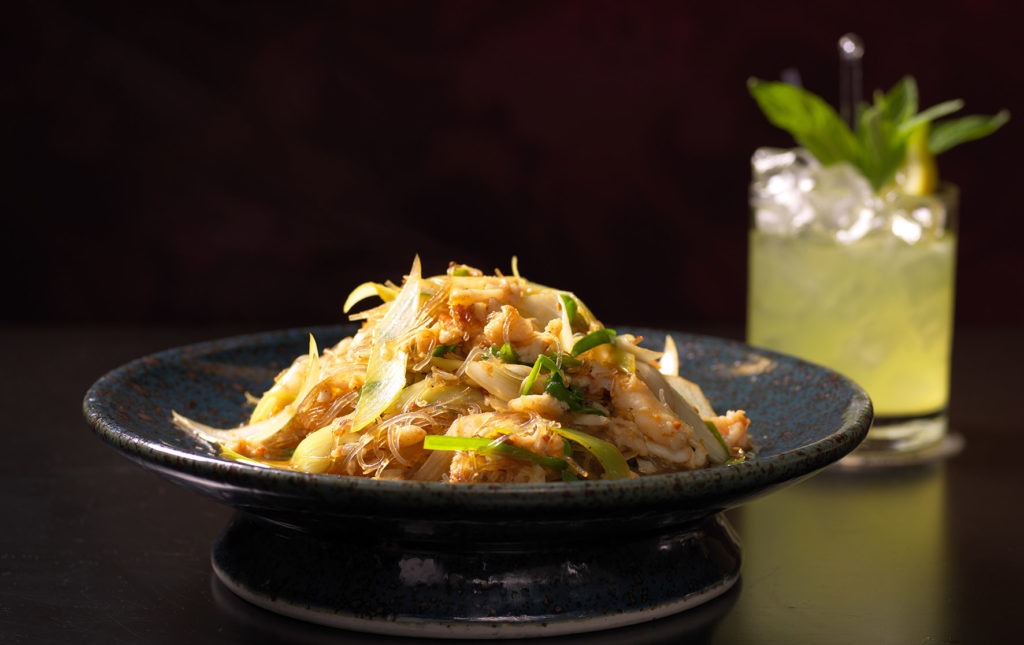
Anything red or orange is also considered very lucky for good fortune and wealth, with tangerines being a popular fruit to enjoy over Chinese New Year.
“Instead of having dessert, you would have fruit such as tangerines or oranges, or anything that’s red, such as berries,” Evans says. As a nod to this, Evans’ banquet can be finished off with a raspberry and rose water sorbet that’s topped with gold leaf.
Foods to avoid during the Chinese New Year festival include anything considered “cheap” or food traditionally eaten by poor people, such as porridge, or congee.
“You want to stay away from foods that resemble the poorer end of the cuisine spectrum, as that means you’re inviting poverty into your house for the coming year,” Evans says.
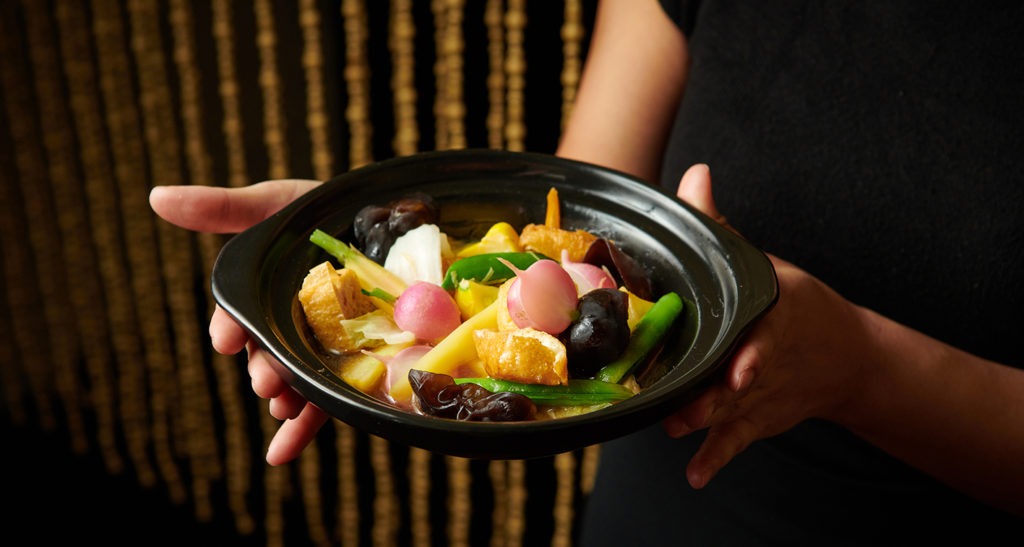
Conversely, any foods that are expensive or “high end” are encouraged to be served on the day, as you’ll be inviting good luck and prosperity to your house for the following year.
You should also steer clear of white foods, as white is associated with death in Chinese culture: “That means no tofu, and if you’re having steamed rice, it’ll always be full of things like fried onions or spring onions to keep the white colour away from it,” Evans explains.
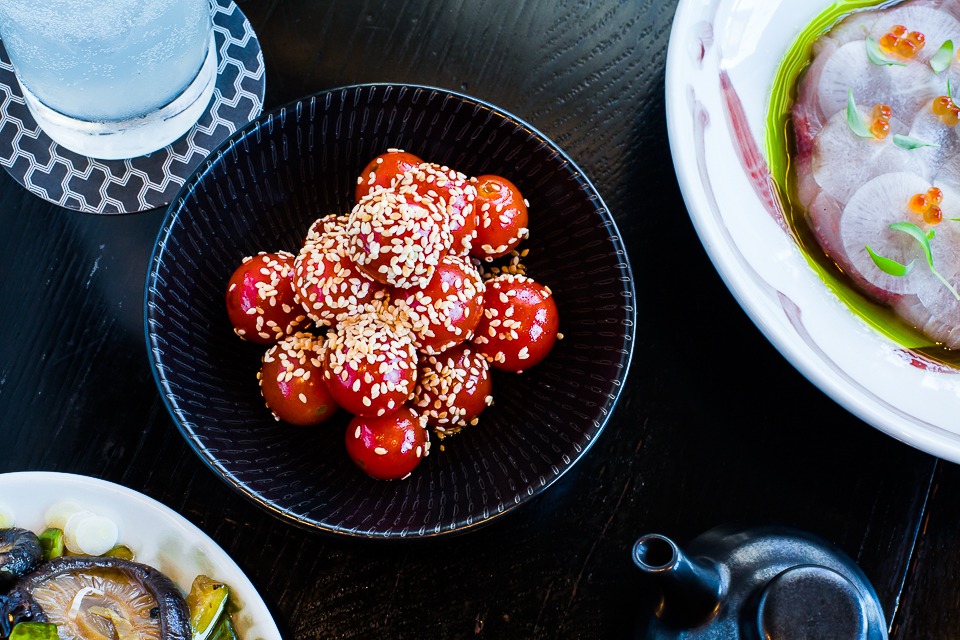
If you’re hoping to have a baby in the year ahead, here’s a hot tip for you: eating eggs or foods that resemble eggs is believed to represent fertility.
“Tea eggs are really good to have,” Evans says. “They’re not white anymore; they’ve gone this really beautiful brown colour. We’re serving pickled roma tomatoes – they’re in the shape of an egg, but they’re also red, so are super lucky. It represents that someone is going to be lucky in getting pregnant and having lots of healthy children.”
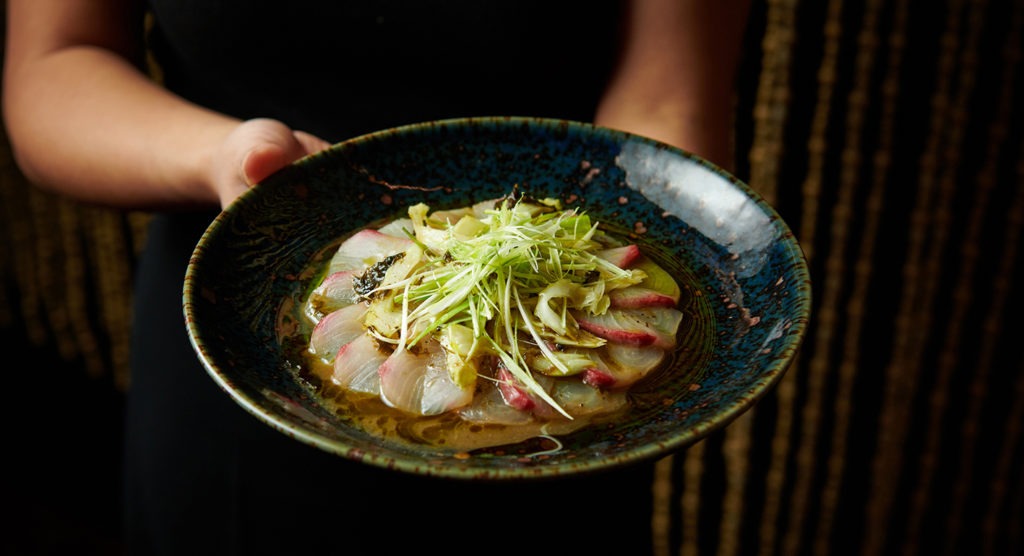
As well as eating lots of lucky foods, a Chinese New Year feast can get a little… messy. Yu Sheng (“prosperity toss”) is a raw fish salad that’s served at the start of the meal.
“Everyone dives in with a pair of chopsticks after it’s been dressed by mum, and then you toss the salad in the air,” Evans explains. “The higher you can toss your salad up in the air, the more luck it will bring you in the year ahead.”
Evans and Kerr have drawn on some of the most special Spice Temple dishes that they save for celebratory occasions, and their Year of the Ox menu has been designed to promote prosperity, happiness, peace, love and good fortune to diners.
“We’ve chosen red ingredients like roma cherry tomatoes and beetroot, and purse-shaped pipis that represent fortune,” Evans says. “We also have classic dishes eaten during Chinese New Year celebrations such as Nian Gao (Chinese New Year cakes) and Lo Han Jai (Buddha’s Delight), which is an extremely popular vegetarian dish that’s believed to bring good luck.”
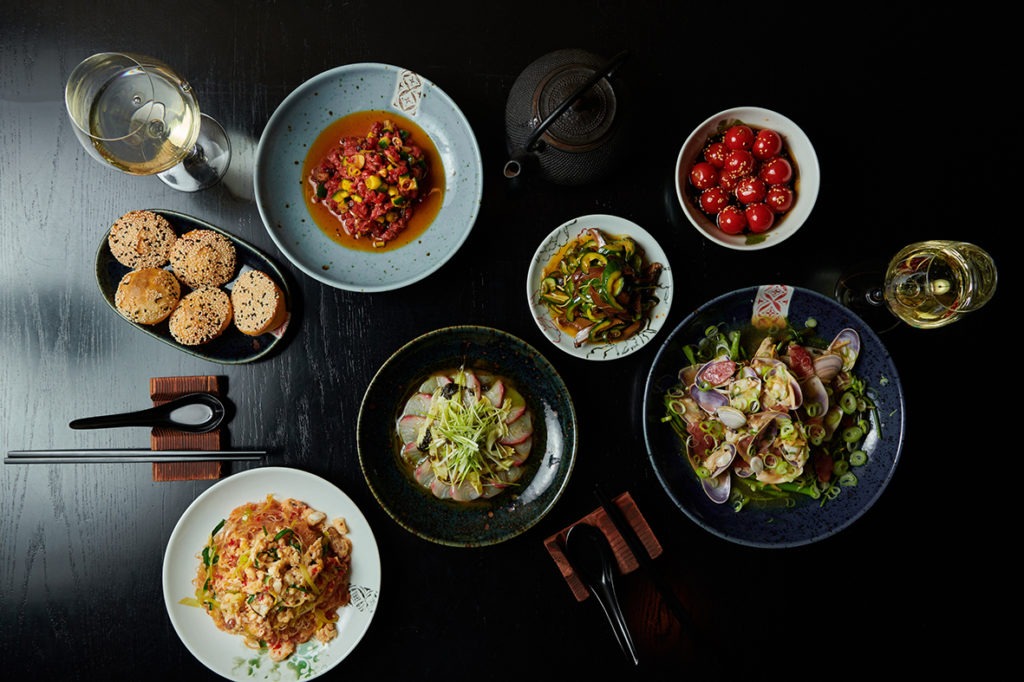
For Kerr, it’s his first Chinese New Year as the Melbourne restaurant’s Head Chef, and he has worked with Evans to create a Chinese New Year menu that not only honours family, heavenly deities and ancestors, but also guests, suppliers and producers.
“I’ve played with ingredients to give classic dishes a contemporary Spice Temple spin, and have incorporated food symbolism that is significant at this time of year,” Kerr says. “For example, my interpretation of a traditional Yu Sheng is predominantly green in colour, which is the lucky colour of the Ox zodiac.” Why not see how high you can toss it?
Spice Temple’s Year of the Ox menu is available from today until Saturday, February 20, for lunch and dinner sittings at both the Sydney and Melbourne restaurant.









